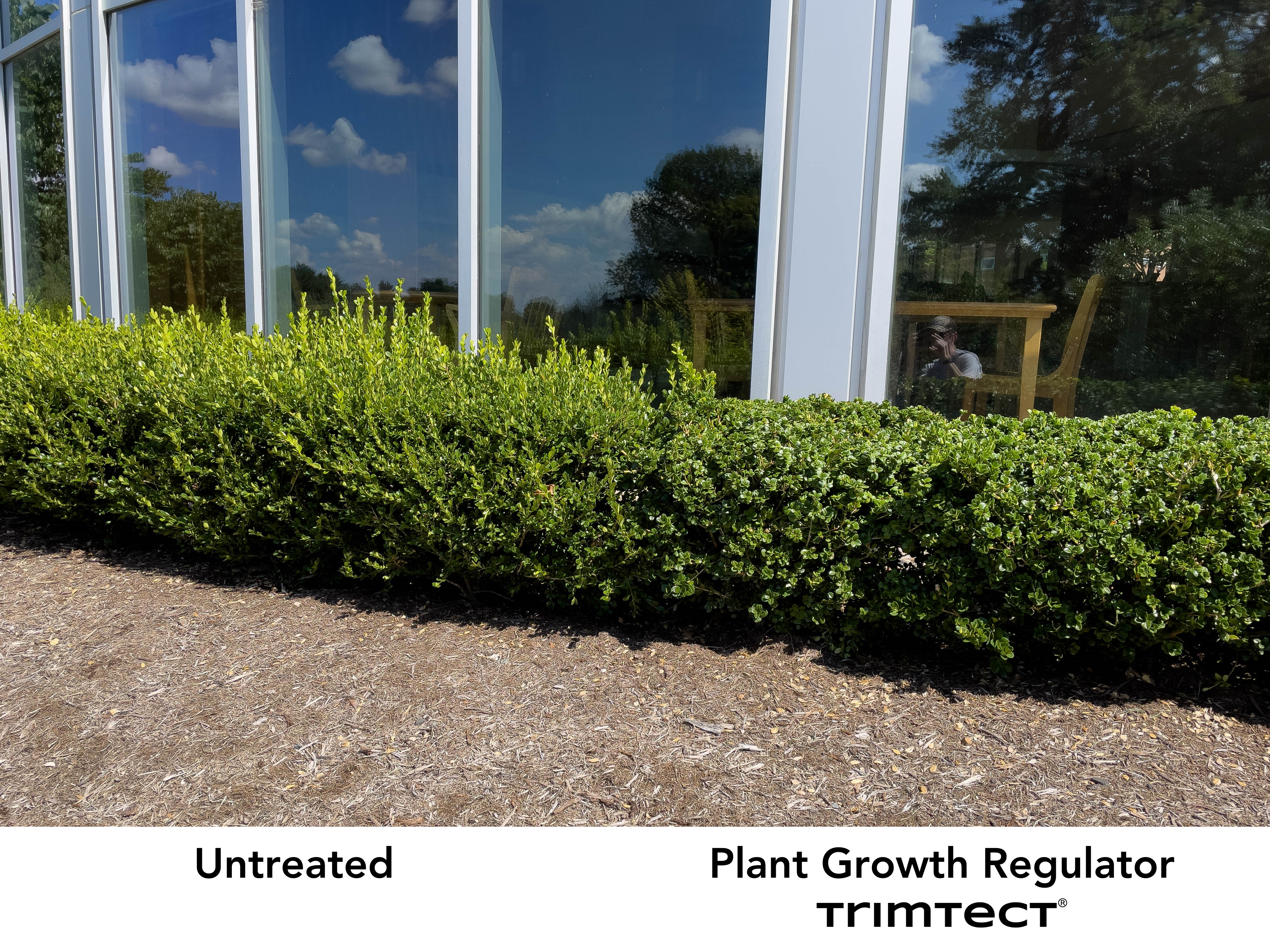The Benefits of Plant Growth Regulators (PGRS) for Parks and Recreation Management

Plant growth regulators (PGRs) have been a game-changer in modern parks and recreation management. PGRs may seem counterintuitive to some, but there are many reasons why it may be beneficial to slow the growth of a plant, including economic, environmental, and plant health factors.
What Are Plant Growth Regulators?
In the 1960s and 1970s, PGRs were developed to mimic natural hormone responses in plants, including gibberellins, responsible for cell elongation, and abscisic acid (ABA), which helps plants better manage stress conditions. PGRs were originally used in agriculture to control plant size, enhance flowering, and improve crop yield.
The Benefits of Plant Growth Regulators
Modern PGRs, known as Type II PGRs, work within the plant to regulate gibberellin (responsible for cell elongation). This means the plant still produces the same number of cells, leaves, and buds, but those stems extend 30%-70% less than normal. As a result, this lengthens the time between pruning/trimming cycles for trees and shrubs, which can help keep vegetation off and away from important areas, including buildings, high foot traffic sidewalks, parking lots, electrical boxes, signs, and more. Less pruning/trimming also means better management of your time and resources and less “green waste” produced.
Case Study: Plant Growth Regulators Reduce Pruning Time by 62%
In 2016, Rainbow Ecoscience, in cooperation with partners, performed a series of field trials to determine labor savings when incorporating a foliar spray Type II PGR (Trimtect) into their shrub and hedge trimming operations. The sites selected contained highly manicured shrub hedges ranging in length from 50-180 feet long and 4-8 feet tall. Over a twelve-week period, trimming time was reduced by an average of 62% when compared to shrub hedges not treated with Trimtect.
In another trial, “green waste” was reduced by 50% over a 12-week period. Landscape crews were able to focus on getting more detail work accomplished (e.g., weeding, flower bed maintenance, trash removal, etc.) in addition to getting caught up on turf mowing and edging. They also had happier customers and fewer call-backs and complaints in areas where Trimtect was applied.
Plant Health Improvement with Plant Growth Regulators
Type II PGRs not only manage plant growth but also enhance plant health through various mechanisms:
• Stimulate abscisic acid (ABA) production that improves leaf stomatal response to drought, preventing cell dehydration and regulating leaf water loss.
• Promote fine root growth when applied as a soil drench, leading to improved resource mining from the soil.
• Increase chlorophyll production and improve disease resistance to certain fungal leaf and canker diseases.
When used correctly, PGRs can be a powerful tool to help reduce time spent on pruning/trimming while also benefiting plant health. The next time you’re walking through your sites, think of those trees, shrubs, hedges, ground covers, and vines that seem to need constant attention. Now imagine, instead of the plants dictating your pruning/trimming schedule, you have the power to keep up with maintenance and create a healthier and more beautiful space for your visitors.
